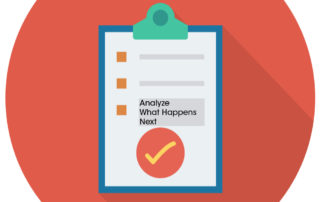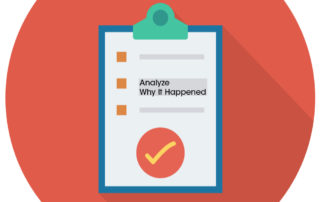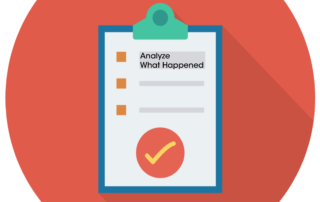How Principals Can Support Their Teachers in Monitoring Learning Recovery
Robert Crowe2024-05-24T15:53:01+00:00In this article you will learn…
- Teachers need a reflective data analysis protocol, and it is a principal’s job, to ensure that they not only have it, but they also understand its value and how to fully utilize it.
- There are two main things a principal must do to ensure their teachers recognize the value of a reflective data analysis protocol: set the context and provide ample time for reflection.
- What setting the context and providing ample time looks like with teachers using a reflective data analysis protocol for the first time.





